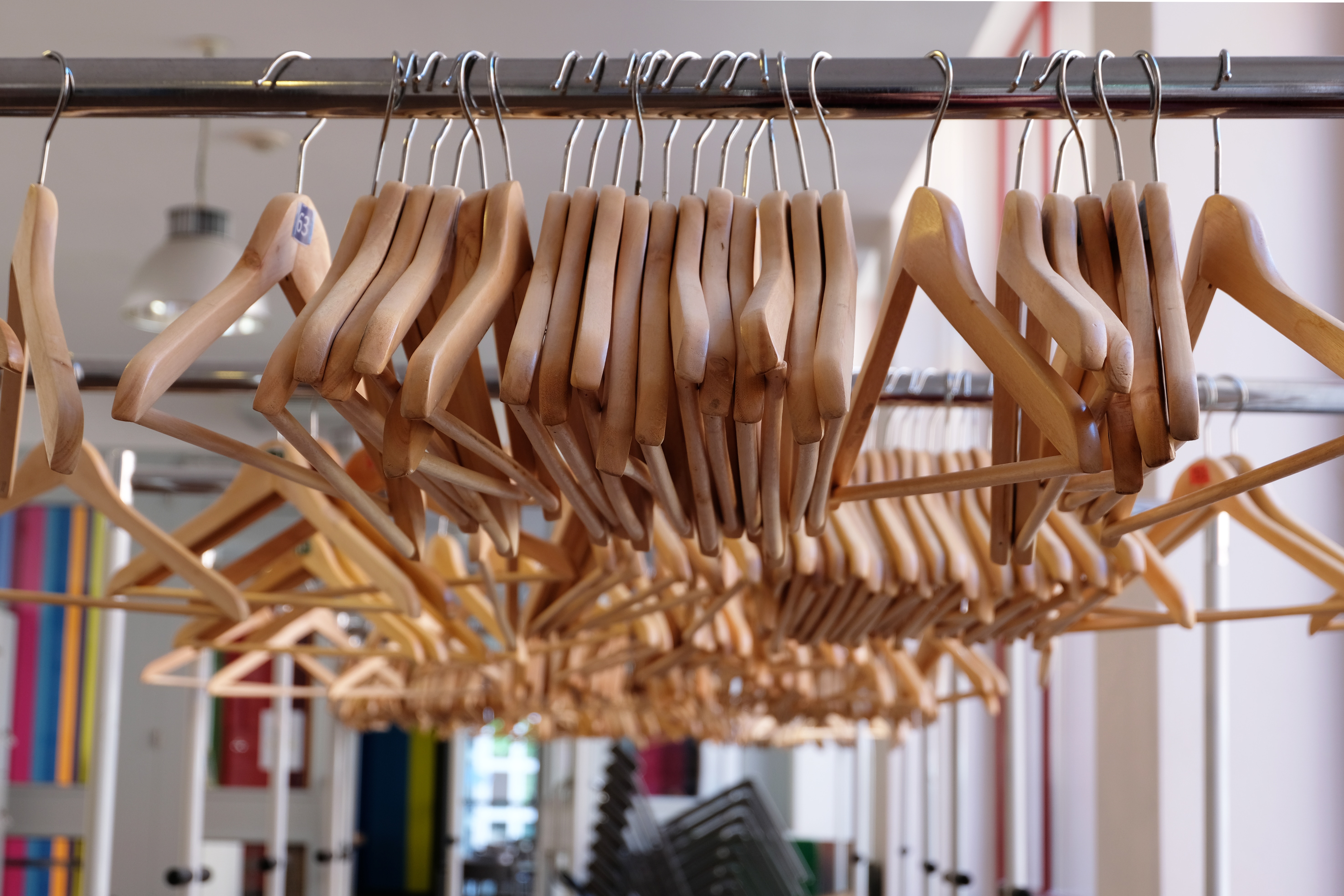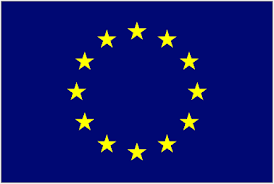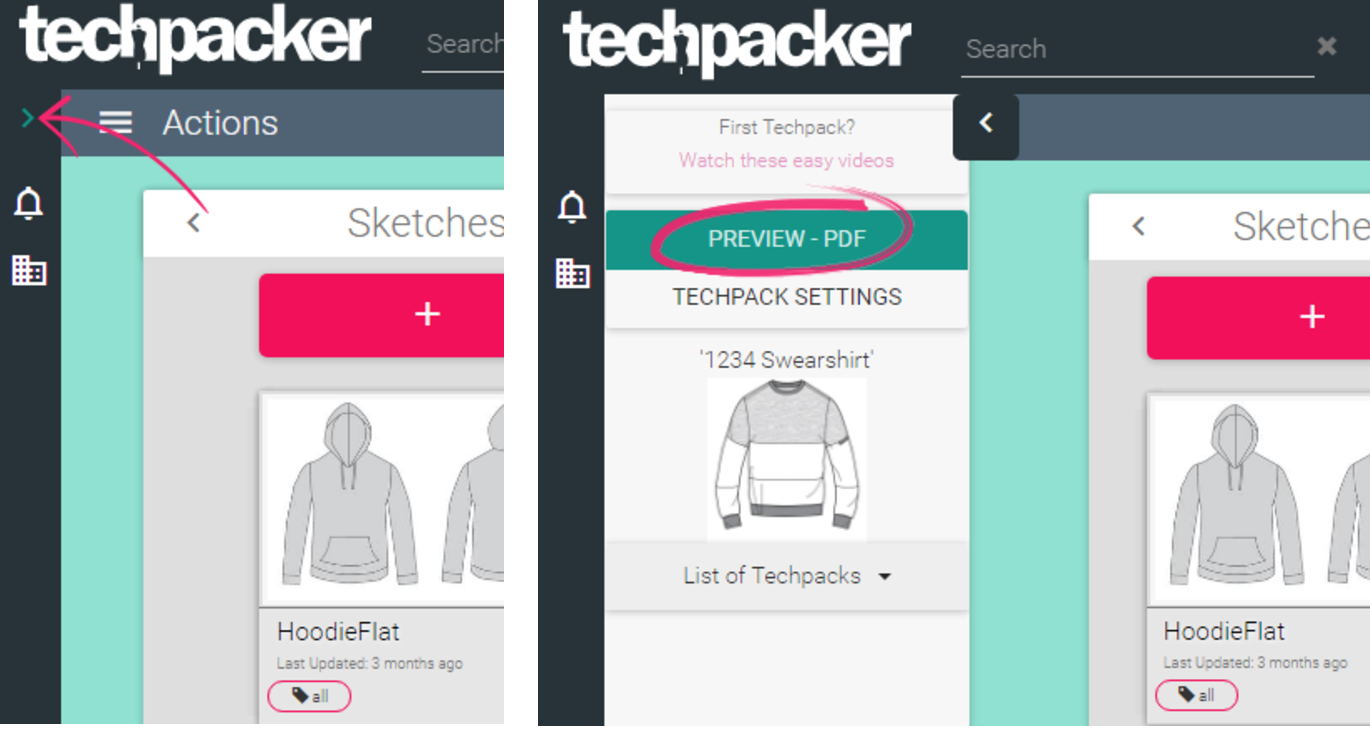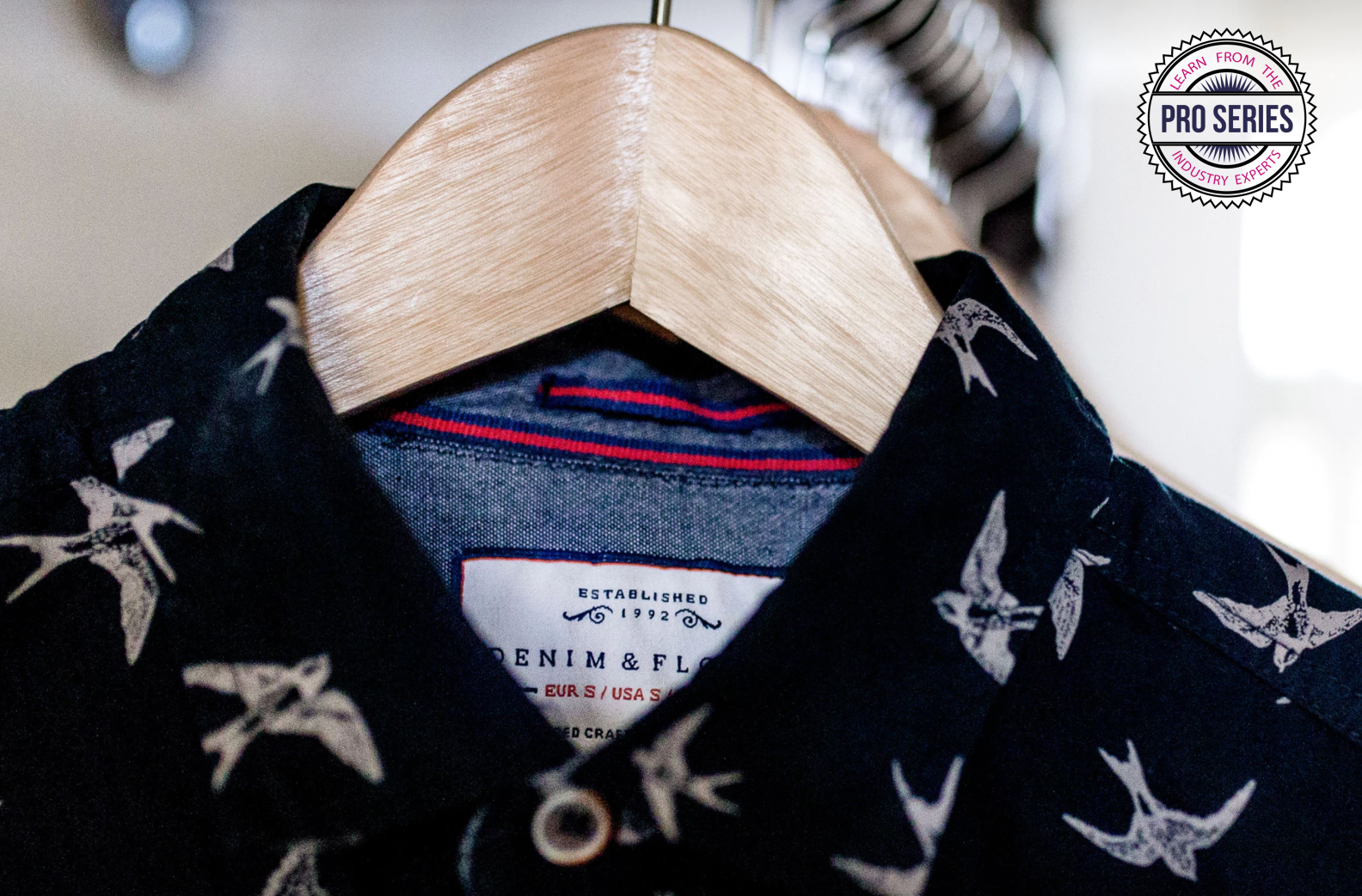Contents
Techpacker Pro-Series brings you the value of fashion content from our list of fashion industry experts to enrich your know-how on fashion production, technology, and retailing.

The Complete Guide To Textile Labeling
After all of that hard work (and money) you put into producing your collection, the last thing you want is for it to be seized by customs or for the shipment to be lost. Yes! This could happen if you don’t set up your labeling correctly.
But fear not! It’s a relatively simple process and our expert Fredrik Gronkvist — Co-founder of Chinaimportal.com and AsiaPropertyHQ.com — has created the ultimate guide to ace this essential task.
If customs authorities check the incoming shipment and it appears to be incorrectly labeled, they might seize it.
Labeling requirements are mandatory; this cannot be stressed enough. If you import or manufacture apparel without the necessary information and graphics, your product is illegal and cannot be placed on the market.
The consequences could be disastrous. For instance, if customs authorities check the incoming shipment and it appears to be incorrectly labeled, they might seize it. And although customs only has the resources to check a few shipments, other market surveillance authorities can go after you weeks or even months later.

This is the last thing you want: having no merchandise to stock!
Retailers and market platforms like Amazon.com, for example, are not exempt from these checks either. As a designer or importer, it is paramount that you get apparel labels right, so you don’t risk losing your entire shipment.
Label information
What to include
This is the information you need to provide depending on the country where you sell:
United States

The requirements are quite strict. You must even use a particular type of care label symbols to sell your designs in the United States.
- Country of origin (i.e., Made in Vietnam)
- ASTM Care Labels
- English Language
- Fiber Composition
European Union

- Country of origin is not required
- Use care labels or written instructions
- Use the language of the target market/s
- Fiber composition (i.e.., 98% cotton 2% spandex)
What about the rest of the world?

To find out about the labeling requirements for your target market contacting the local authorities is the best way. When doing so, follow this checklist to reduce the risk of missing something important:
- Is the country of origin mandatory?
- How shall I specify the fiber composition?
- Which language shall I use?
- Can I use written care instructions? If not, what kind of graphical care labels should I be using?
- Do you need to use any specific size standard?
- Do you need to include warning labels or text?
Multiple market labels
Labels can be made in a way that they are compliant with the regulations of several countries at the same time.
Many brands meet both US and European Union textiles labeling simultaneously. It would only be necessary to create a label file that includes all of the information required for each country.
For instance, apparel made for the EU and the US must include the following: Country of origin (i.e., Made in Vietnam) ASTM Care Labels English Language Use the language of the (EU) target market/s Fiber Composition
Language

Some brands, like Asos.com, make labels in all of the major European languages, including English, French, German, Spanish and Italian.
Format and additional information
Most suppliers prefer label files in .ai or .eps format. However, you can use .jpg files. But be sure to also include:
- Print position
- Colors
- Dimensions
- Font file
- Label material
- Label design
Never assume that the supplier knows how to ‘get it right.'
While some factories may have an elementary understanding of labeling requirements in the largest overseas markets, like the US, Europe, and Japan - you must never assume this is the case. It’s your responsibility to provide the factory with a ready-made label file with the necessary information to make sure everything is correct.
Timing and submission of labels to the supplier
Label files are part of your tech pack. You can upload them using Techpacker and include all of the other labeling information the supplier must have. When the Techpack is complete, and the label files uploaded onto Techpacker, use the PDF creator feature to get everything in one file.

Just remember to email the original files to the supplier as needed. On Techpacker you may also add your factory team members directly to your account and share the original files with them. Another option is to use wetransfer.com
But wait! There are other regulations you must be aware of.
Labeling requirements are only part of the puzzle. In addition, you must also confirm all applicable substance regulations, such as REACH in the EU, and California Proposition 65, in California. These regulations restrict lead, cadmium, AZO dyes, and other substances that may be found in fabrics and other components, like buttons for example.
Furthermore, you may also need to issue a document or product certificate. For example, textiles made of certain lightweight fabrics must be FFA compliant in the US, and the importer must also issue a General Certificate of Conformity (GCC).
Labeling is relatively simple, as long as you do your homework before ordering your next collection.




